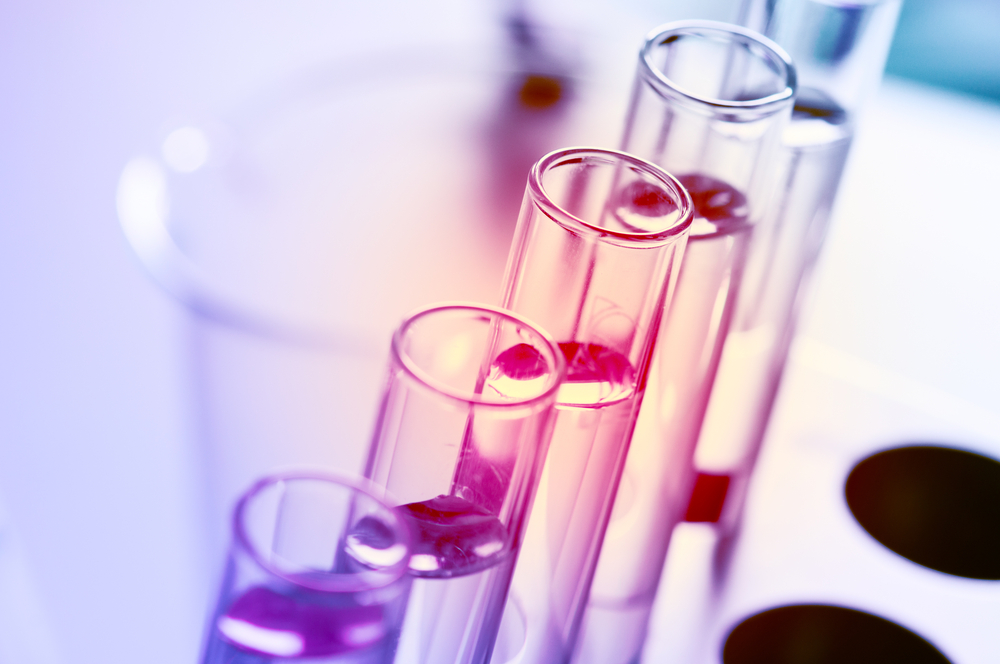Levels of Specific Sugar May Be Potential Diagnostic Tool for Sanfilippo Syndrome, Other MPS Types
Written by |

Using a specific technique to measure the levels of a sugar called glycosaminoglycan in blood and urine can identify all types of mucopolysaccharidosis (MPS) — including Sanfilippo syndrome — and help assess the therapeutic value of treatments, according to researchers.
Their study, “Glycosaminoglycans analysis in blood and urine of patients with mucopolysaccharidosis,” was published in the journal Molecular Genetics and Metabolism.
Glycosaminoglycans (GAGs) are long sugar molecules required for the maintenance of a healthy cellular structure and joint lubrication.
There are several types of naturally occurring GAGs, including chondroitin sulfate, dermatan sulfate, heparan sulfate, keratan sulfate and hyaluronan.
Deficiencies in the enzymes required for GAG breakdown lead to the accumulation of these molecules within cells and tissues and result in mucopolysaccharidoses (MPS). There are seven types of MPS caused by deficiencies in 11 different enzymes.
The diagnosis, prognosis, therapeutic outcome, type of treatment — enzyme replacement therapy or ERT, and hematopietic stem cell transplant — and determination of different MPS types can be achieved by measuring GAG levels in the blood and urine of patients.
This can be done by several methods, including mass spectrometry, a powerful tool that identifies and quantifies proteins in complex mixtures such as blood or urine.
Researchers used mass spectrometry to analyze blood and urine samples from patients with MPS types II, IIIA, IIIB, IVA, IVB, VI, and in healthy people (controls).
Some patients were under therapy — ERT or hematopietic stem cell transplant — while others were untreated.
After analyzing the data and performing statistical analyses, researchers found that compared to healthy controls, certain GAG blood levels were higher in patients with untreated MPS II (dermatan sulfate, heparan sulfate), MPS III (heparan sulfate), MPS IVA (keratan sulfate) and MPS IVB (keratan sulfate).
Dermatan sulfate levels were also higher in the urine of MPS VI patients compared to healthy controls.
Treatment with ERT led to a reduction in blood dermatan sulfate and heparan sulfate in MPS II patients, but did not change the levels of blood keratan sulfate in MPS IVA patients. It did reduce urine keratan sulfate levels in this last group, although levels were still higher compared to age-matched controls.
This method proved useful to “identify patients with several (potentially all) types of MPS based on the elevation of specific [GAGs],” researchers wrote.
“Measurement of GAG levels in blood and urine is useful for diagnosis of MPS, while urine [keratan sulfate] is not a useful biomarker for monitoring therapeutic efficacy in MPS IVA,” they said.




